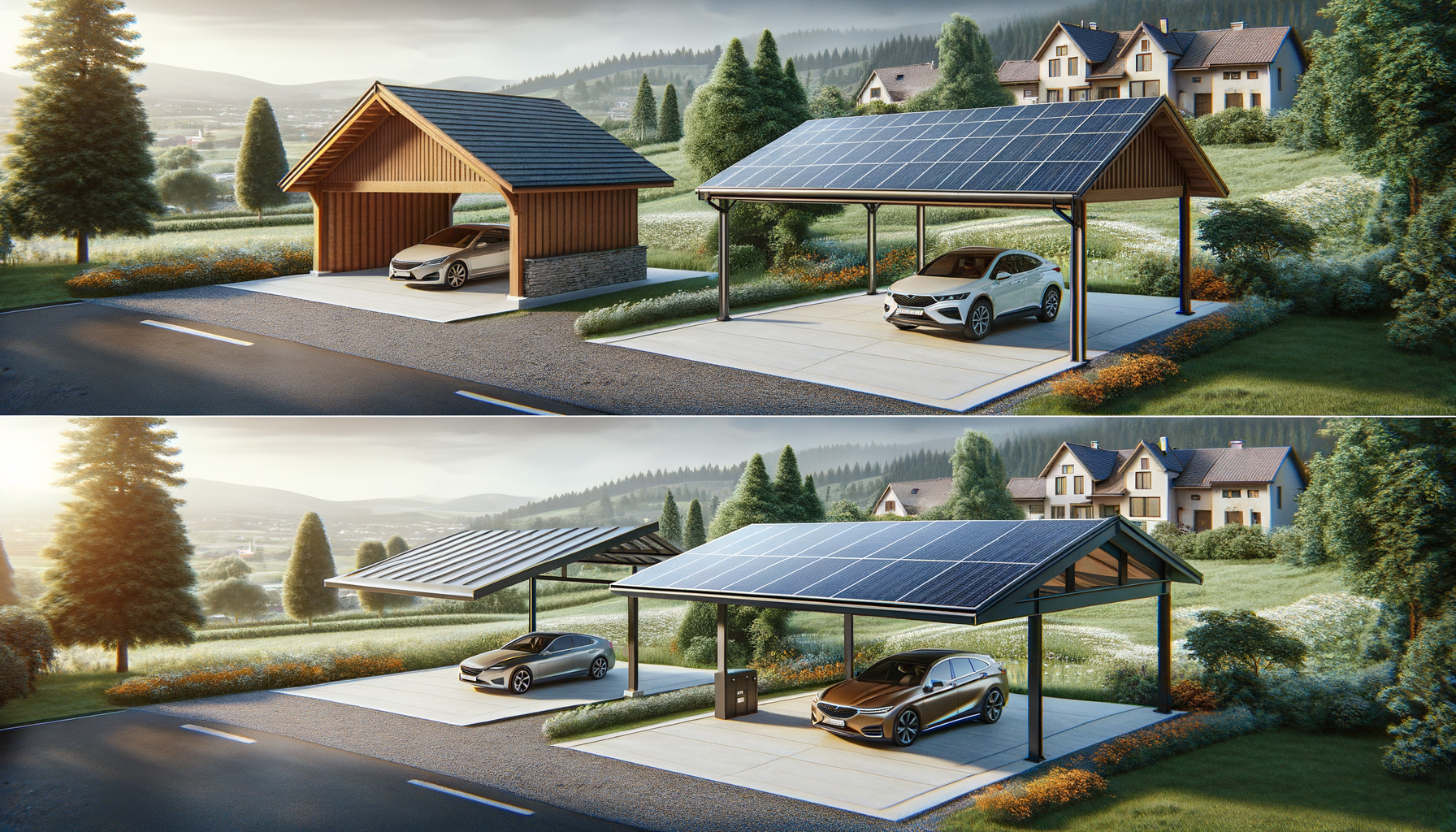
Security Camera Installation Cost & Financing 2025
Understanding Average 2025 Install Costs by Camera Type
As technology continues to evolve, the demand for smart security cameras is on the rise. In 2025, the cost of installing these devices will vary significantly based on the type of camera chosen. Understanding these costs can help homeowners make informed decisions about their security investments.
There are several types of security cameras available, each with its own set of features and installation requirements:
- Wired Cameras: Typically require professional installation due to the complexity of wiring and connecting to a power source. The average installation cost for a wired camera system in 2025 is estimated to range from $150 to $500 per camera, depending on the complexity of the setup and the number of cameras.
- Wireless Cameras: Easier to install as they do not require extensive wiring. The average cost for installing wireless cameras is expected to be between $100 and $300 per camera, making them a more budget-friendly option for many homeowners.
- PTZ (Pan-Tilt-Zoom) Cameras: Offer advanced features such as remote control for movement and zooming. These cameras are generally more expensive to install, with costs ranging from $200 to $700 per camera due to their sophisticated technology and installation requirements.
When planning for security camera installation, it’s important to consider not only the upfront costs but also the potential long-term benefits in terms of enhanced security and peace of mind.
Smart-Home Integration Checklist
Integrating security cameras with smart-home systems can significantly enhance their functionality and user convenience. Here’s a checklist to ensure seamless integration:
- Compatibility: Ensure that the security cameras are compatible with your existing smart-home ecosystem, whether it’s based on Alexa, Google Assistant, or another platform.
- Network Requirements: Check your home Wi-Fi network’s capacity to support additional devices without compromising performance. Consider upgrading your router if needed.
- App Integration: Download and install the necessary apps for controlling and monitoring your cameras remotely. Ensure these apps are user-friendly and offer features like live streaming and notifications.
- Voice Control: Set up voice commands for easy control of your cameras through smart speakers or displays.
- Routine Automation: Create routines that integrate camera functions with other smart devices, such as turning on lights when motion is detected.
By following this checklist, homeowners can maximize the benefits of their security systems within a smart-home environment, enhancing both security and convenience.
Exploring Low-Rate Financing & Extended Warranties
Investing in a security camera system can be a significant expense, but there are financing options available that can help manage the costs. Many providers offer low-rate financing plans that allow homeowners to spread the cost of installation and equipment over a period of time, making it more affordable.
When considering financing options, it’s important to:
- Compare Interest Rates: Look for financing plans with competitive interest rates to minimize the overall cost.
- Understand Terms: Review the terms and conditions carefully to ensure there are no hidden fees or penalties for early repayment.
- Evaluate Extended Warranties: Consider purchasing extended warranties for additional peace of mind. These warranties can cover repairs or replacements beyond the standard warranty period.
By exploring these options, homeowners can reduce the financial burden of upgrading their security systems while ensuring long-term protection and reliability.
Key Considerations for Choosing Security Cameras
When selecting security cameras, there are several factors to consider to ensure you choose the right system for your needs:
- Resolution: Higher resolution cameras provide clearer images, which can be crucial for identifying intruders or capturing detailed footage.
- Field of View: Consider the coverage area of each camera to ensure comprehensive monitoring of your property.
- Night Vision: Cameras with infrared or low-light capabilities are essential for effective monitoring at night or in low-light conditions.
- Storage Options: Evaluate whether the system offers cloud storage, local storage, or both, depending on your preferences and privacy concerns.
- Weather Resistance: For outdoor cameras, ensure they are weatherproof to withstand various environmental conditions.
By taking these factors into account, homeowners can select security cameras that best meet their specific requirements, ensuring optimal performance and security.
Conclusion: Making Informed Security Investments
As we move into 2025, the landscape of home security continues to evolve with advancements in technology and integration capabilities. Understanding the costs associated with different types of security cameras, along with available financing options, can empower homeowners to make informed decisions that enhance their property’s security.
By integrating these systems with smart-home technology, homeowners can enjoy a seamless and convenient security experience. Additionally, considering factors such as camera resolution, field of view, and night vision can ensure that the chosen system meets the specific needs of each household.
Ultimately, investing in a well-planned security system not only provides peace of mind but also adds value to the home, making it a worthwhile consideration for any homeowner.


